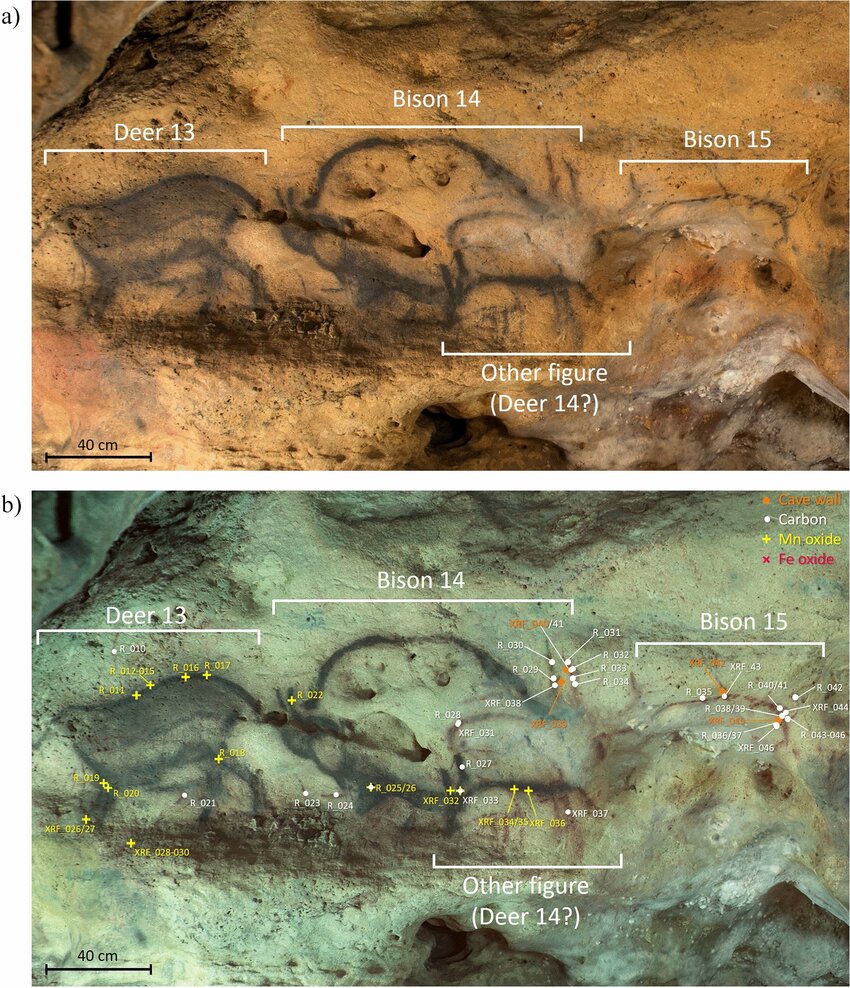Carbon-Based Paleolithic Paintings Found in France

A paper was published this month by researchers at the Center de Recherche et de Restauration des Musées de France, revealing that the first carbon-based cave art has been found in Dordogne’s famous Bison Cave.
Researchers Ina Reiche, Yvan Coquinot, Antoine Trosseau, and Anne Maigret have published their findings from the Font-de-Gaume cave in southern France, which is being celebrated as a potential breakthrough for precise radiocarbon dating.
The site was discovered in 1901 and has been a UNESCO World Heritage site since 1979 as part of the Prehistoric Sites and Decorated Caves of the Vézère Valley.
More than 200 caves filled with Paleolithic (dating from roughly 2.5 million to 12,000 years ago) wall drawings can be found in France’s Dordogne region.
Most of these paintings have been made with iron and manganese oxides, which cannot be dated through radiocarbon dating technologies. This has prevented accurate dating of the designs. However, the first-ever discovery of black carbon-based designs in the Font-de-Gaume cave have opened up an opportunity for groundbreaking reevaluations across the region.

Before these discoveries were made, the wall paintings in the Dordogne were dated to around 12,000 to 17,000 years ago, during the Magdalenian Period. With the new discovery, this could be reevaluated to a much more accurate timeline, pushing dates back more than 2,000 years. The team first found the charcoal-based drawings in February 2020.
The Bison Cave is named after the Paleolithic drawings of animals on its main gallery walls. It is considered one of the best examples of ancient wall painting along with the nearby Lascaux cave.
There are 80 bisons shown on the walls of Font-de-Gaume, in various colors achieved with natural pigments. The French chemist and pharmacist Henri Moissan’s work to identify the pigments used in the drawings won him the 1906 Nobel Prize in Chemistry.

New research has been done using visible-light and infrared photography, x-ray fluorescence, and spectroscopy, revealing the carbon-based drawings underneath previously known designs. Charcoal depictions of horses, deer, and bison were discovered.
This research will aid comparative research across other sites in the region, and is being heralded as “crucial for archaeological research in the coming years.”
